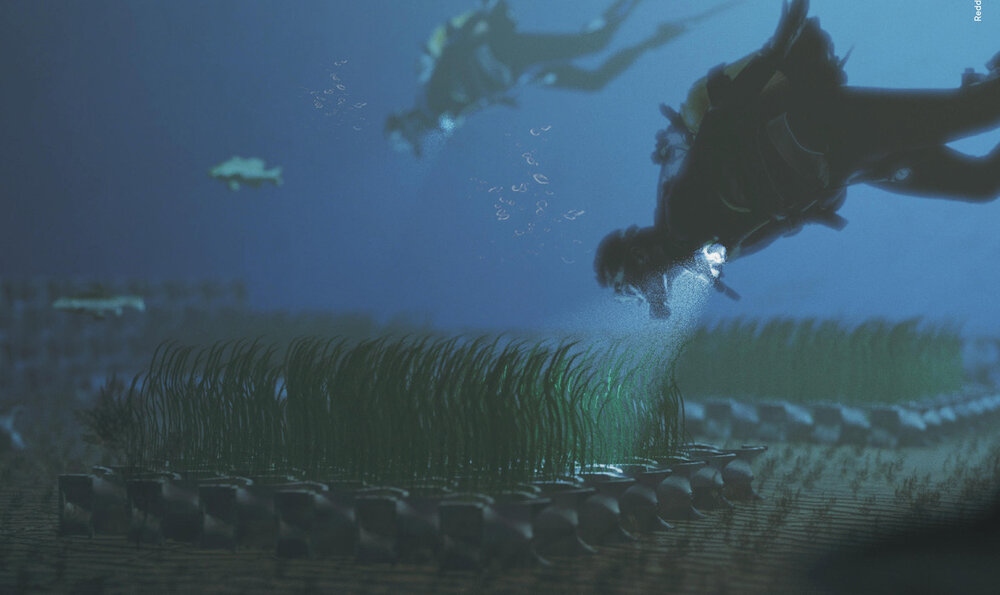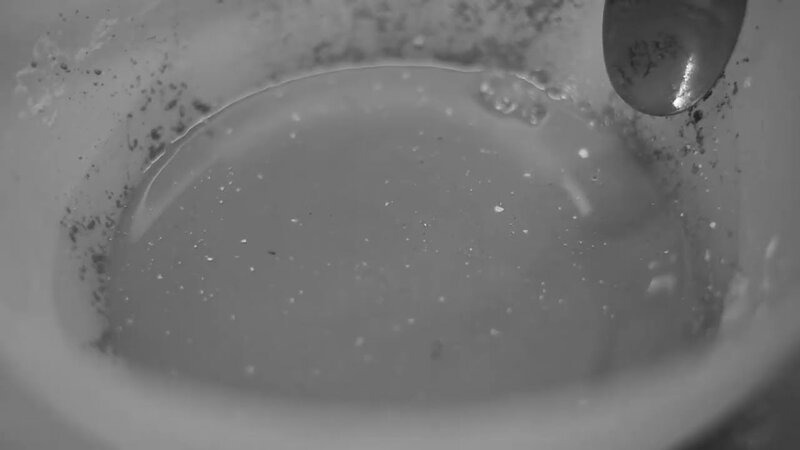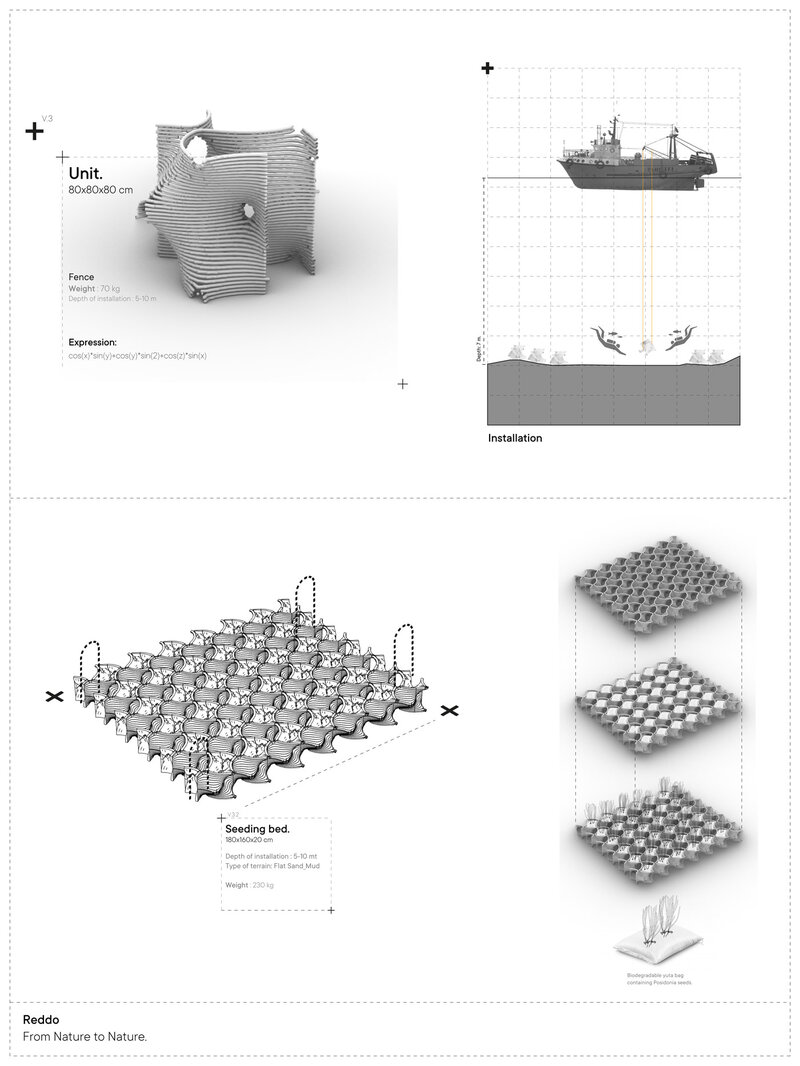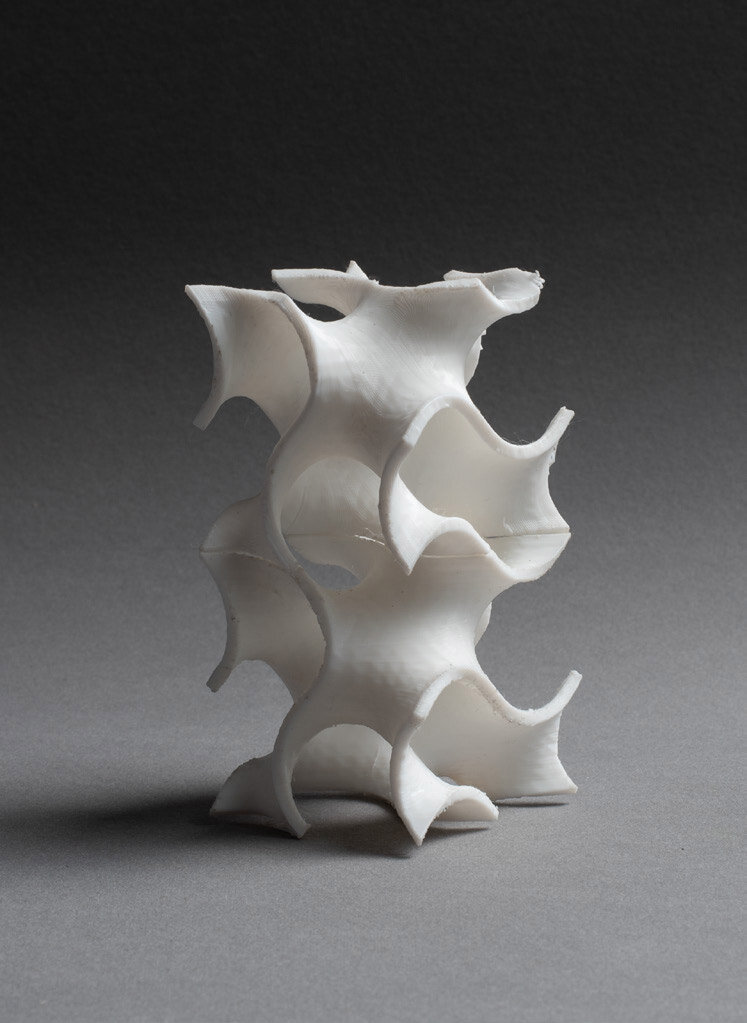
Reddo
Student: Francesco Lucini
The necessity of finding a “second purpose” for oyster shells came from the discovery of the massive quantity of waste produced every year. In fact, after eating the oyster, approx. 6 million tons of shells are landfilled and can be considered harmful for the environment.
Reddo wants to open a debate on different topics, such as waste management, coastal erosion and marine environmental health.
Through the use of computer technologies and new manufacturing techniques, Reddo turns oyster shells in concrete 3D printed structures to propose an innovative solution for those areas of the world that are more sensible to climate change.
In the specific case study considered for the project, the area of Delta del Ebro on the Mediterranean Sea, the designer propose two types of structures that aim to help and improve the plantation and population of Posidonia seagrass, an important plant that is responsible for protecting coasts from erosion and creates an ideal habitat for other organisms and marine animals.



